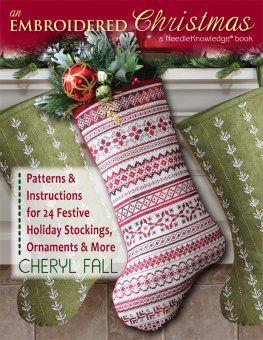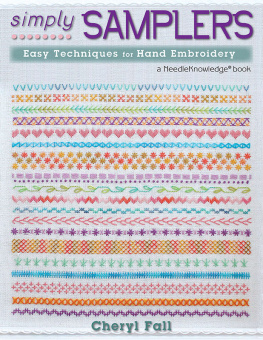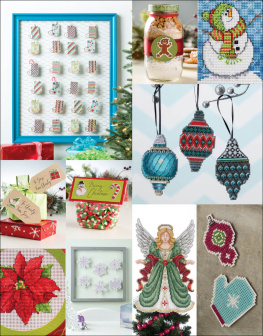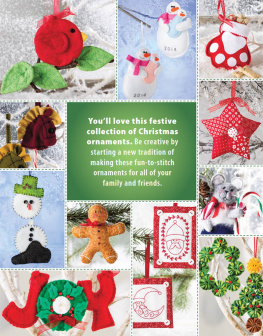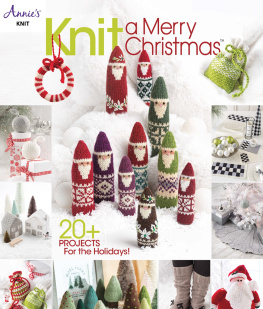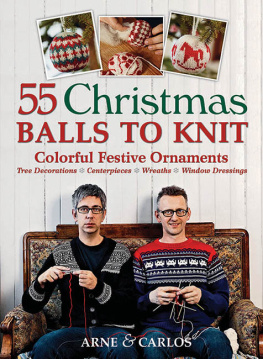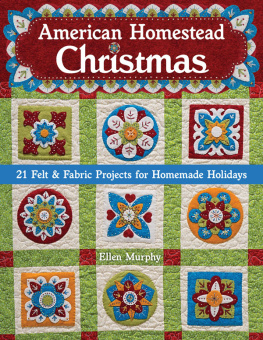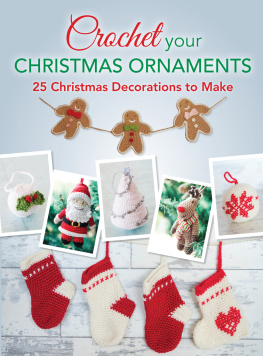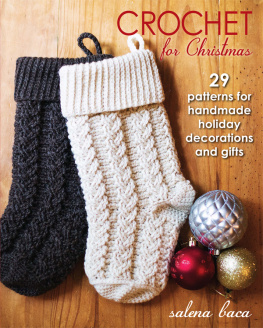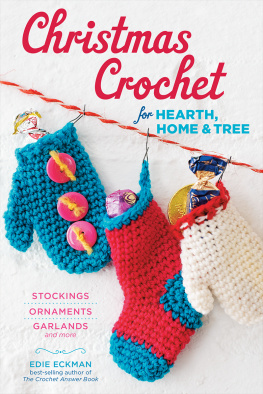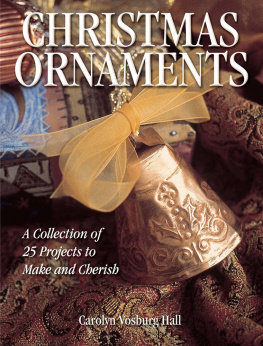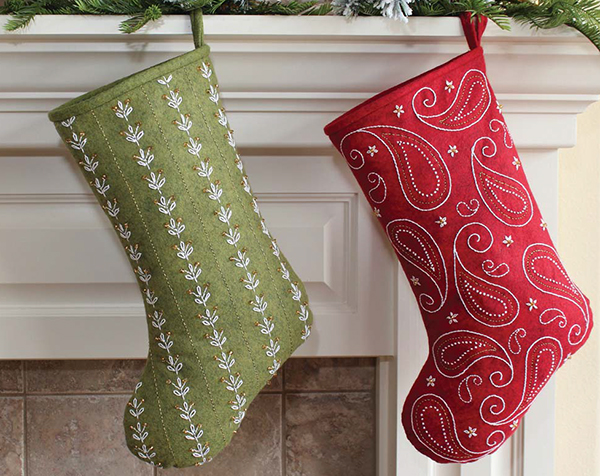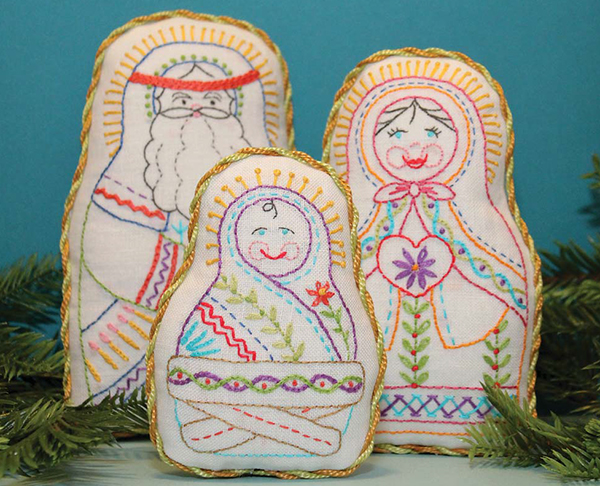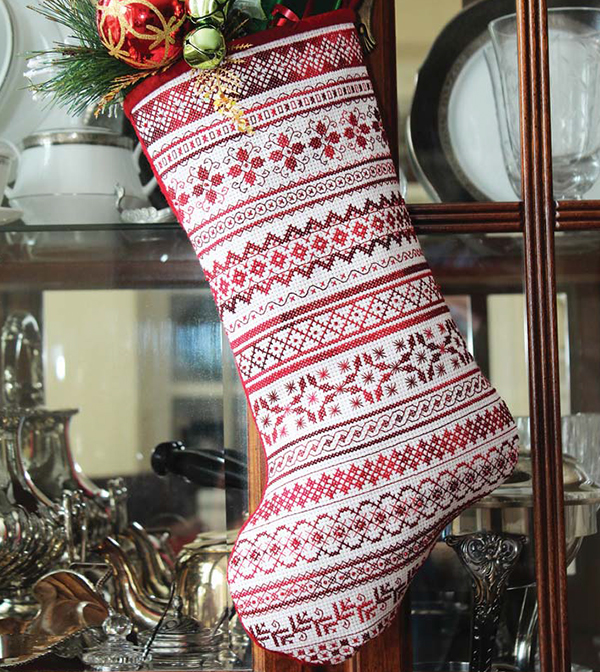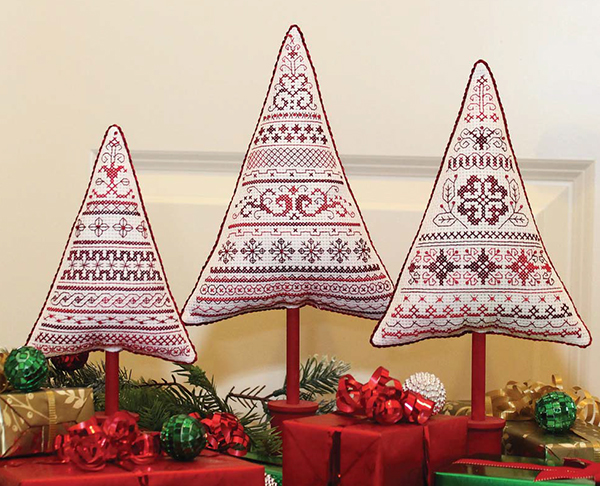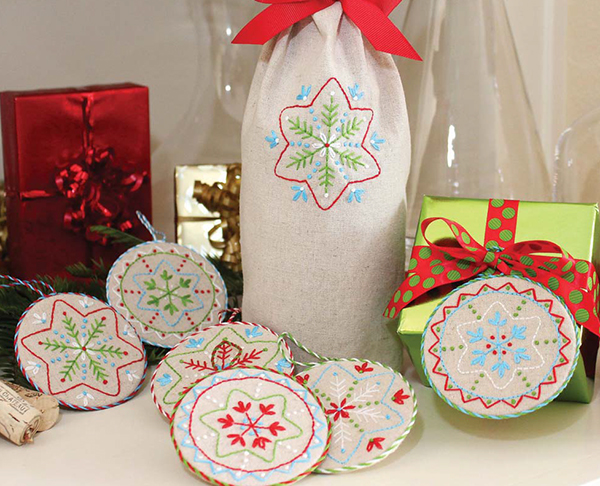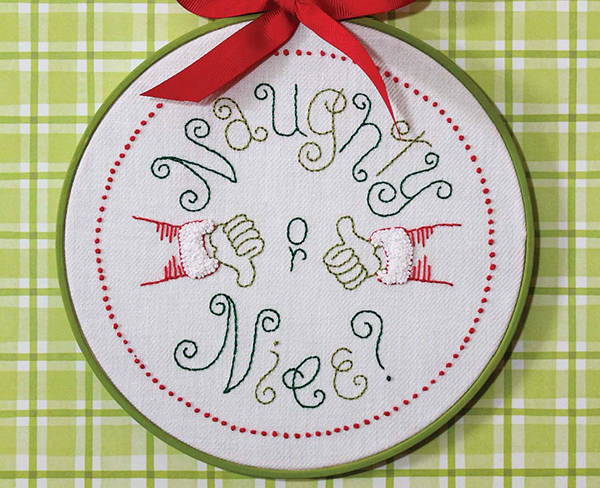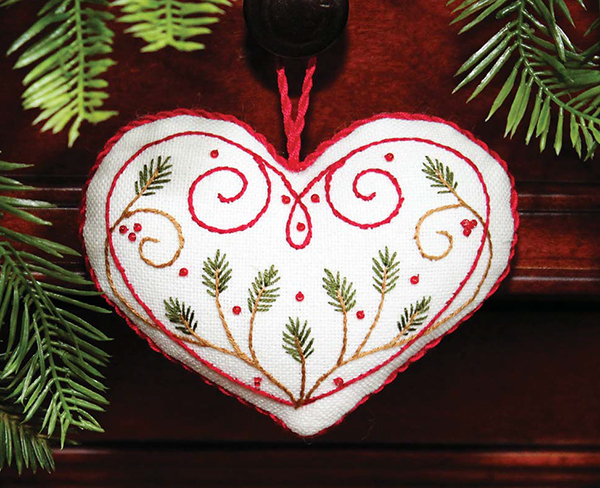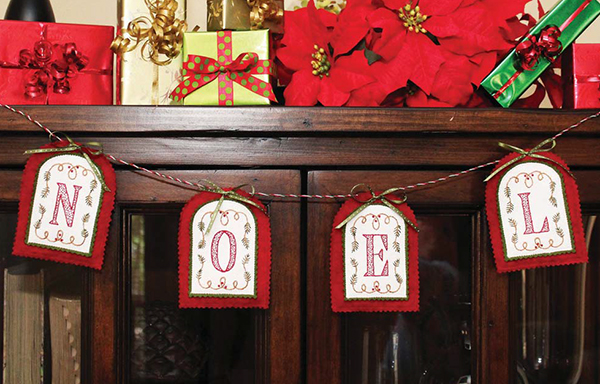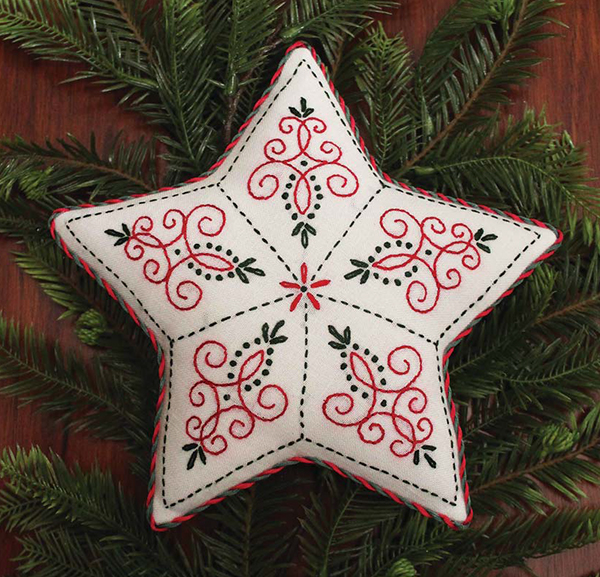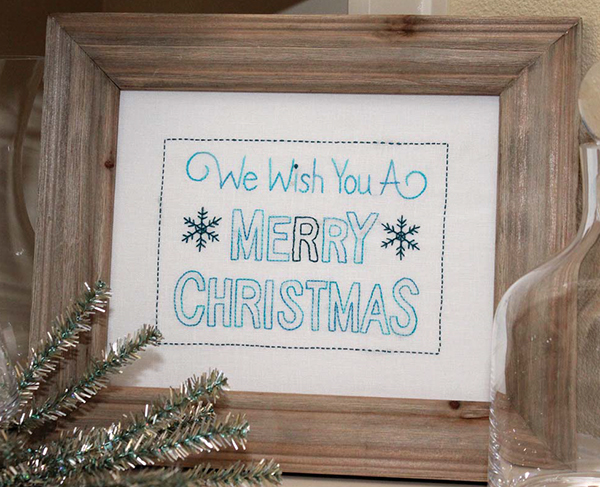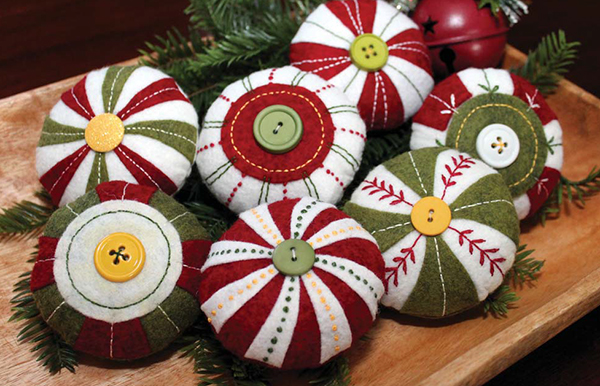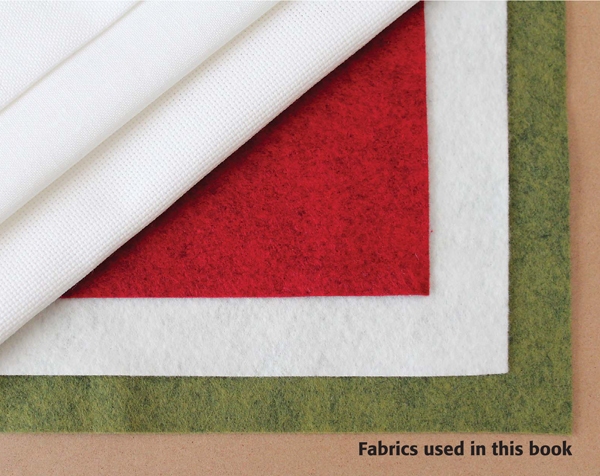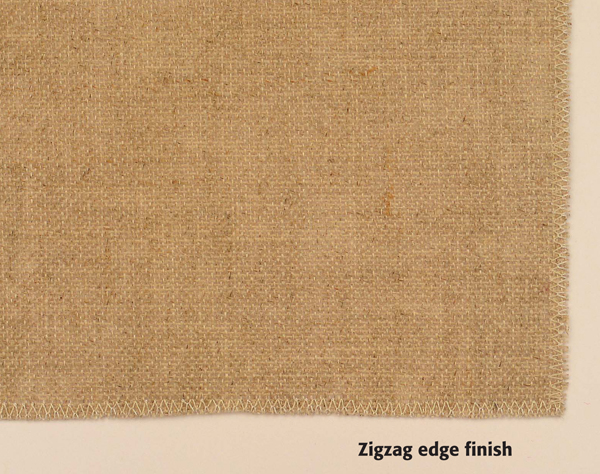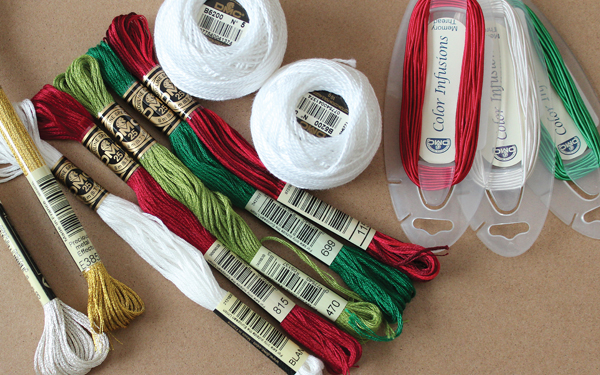Discover more fresh Craft books, eBooks, and inspiration for your next project!
With detailed, step-by-step photos and clear instruction, Stackpoles craft titles show both beginning and experienced crafters exactly how-to!
Visit
Stackpole Books Crafts & Hobbies webpage


Visual Index
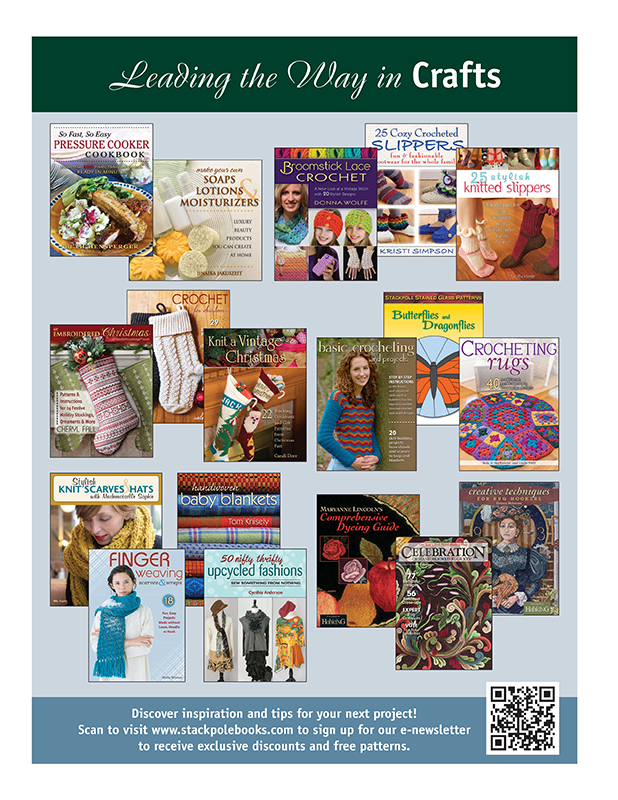
Dedication
T his book is dedicated to stitchers around the world who enjoy making beautiful handmade items for the holidays, and who have inspired many of the projects in this book. I hope some of the projects in this book become family heirlooms, passed on and enjoyed by family members and friends for yearsand generationsto come.
Acknowledgments
A hearty thank you goes out to my friends at DMC Threads in Kearny, New Jersey. In addition to supplying the bulk of the materials used in this book, they are a great source of inspiration and creative resources. Id also like to thank the entire Stackpole Books staff for their editorial skills, brilliant design layout, and their help in making this book a reality.
To my grown daughters, Rebecca and Ashley, whose fresh, youthful ideas always inspire me to push the limits with my designs and to think young; my husband who never seems to mind the amount of time I spend each day stitching; and my mother, who keeps me motivated.
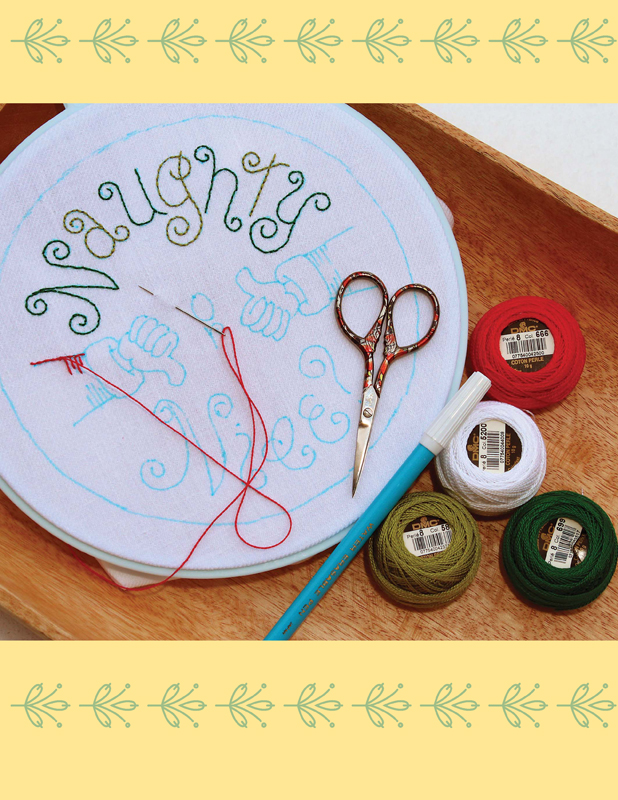

Fabrics
The projects in this book are made using fabrics that you can readily find at your local needlework shop, hobby and craft chain, or sewing store. Types of fabrics used in the projects include Aida, evenweave, and plainweave fabrics, as well as wool felt.
Aida fabric is specially woven for cross-stitch, with a weave that contains an even number of vertical and horizontal squares per inch. It is available in a wide variety of countsthe number of squaresper inch. Refer to the project instructions for the count used in each sampler. The fabrics used in this book range from 11- to 16-count and are easy to find at your local needlework or hobby store and through online sources.
Evenweave fabrics have an even number of vertical and horizontal (warp and weft) threads per inch in a plain weave. They are used for the counted thread projects in this book, as well as some of the cross-stitch samplers. When working cross-stitch on evenweave, the pattern will state the number of threads to cross when working the stitches.
Plainweave fabrics are tightly woven evenweave fabrics with threads that are too close together to count. These firmer fabrics are used for the surface-embroidered samplers in this book.
Wool felt is a heavier fabric available at better craft and sewing stores that is made of wool or a wool blend, and is available by the yard or in pre-cut sheets. Pre-cut sizes are 9" x 12" or 12" x 18". I have used the 12" x 18" size for the felt projects in this book, as the 9" x 12" is too small for the stockings, and purchasing by the yard yields a lot of fabric.
All of the woven fabrics should be machine zigzag stitched around the edges to prevent fraying while youre working the stitching.
Threads
Cotton 6-strand embroidery floss has been used for many projects in this book. This floss is made from six individual strands of thread that can be divided into smaller groups of thread. In most cases, two strands are used for cross-stitch and surface embroidery stitches, and a single strand for backstitches or accent stitching.
Specialty threads and pearl cotton have also been used in some of the projects for a thicker line, or to add metallic sparkle or a unique look. Refer to the project instructions for the number of threads to be used while working a project if the thread is dividable.
When shopping for threads online, especially if you are planning on making color substitutions, remember that while the label may indicate the thread is colorfast, it may in fact crock or bleed when laundered. New and revised FDA rules in the U. S. and similar rules abroad have caused changes in dye formulations, making few dyes truly colorfast. While this is meant to keep stitchers safe from harmful chemicals, it also means that an older skein of a certain color may not match a newer skein. While its easy to blame a manufacturer for this issue, please dont. They go through great pains to ensure the accuracy of their colors, and must conform to the rules regarding chemicals in dyes to stay in business and continue providing you with quality needlework threads. The changes in formulation often do cause a difference in color. To help avoid this issue, be sure to compare the actual color of new and old threads before stitching.
Next page
